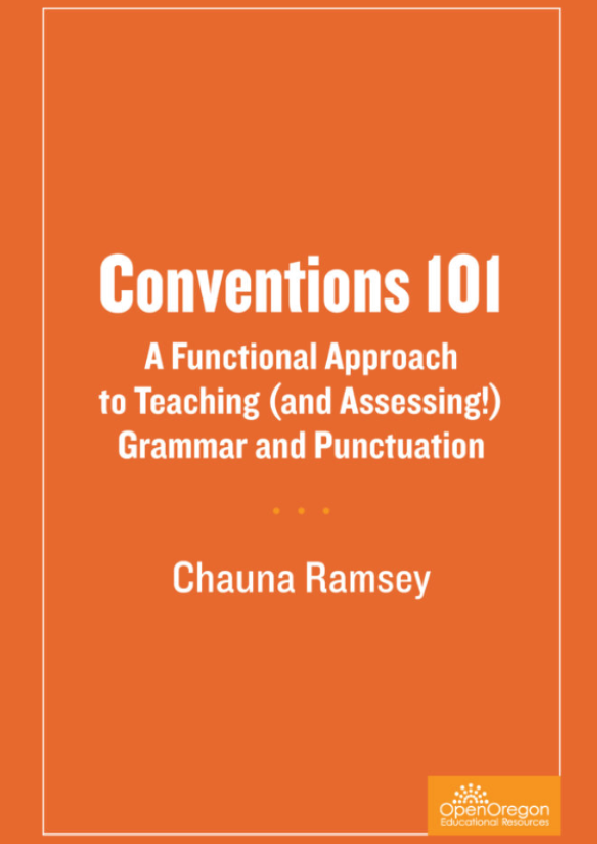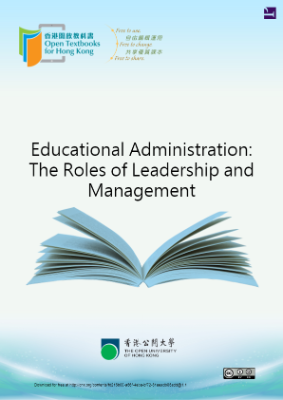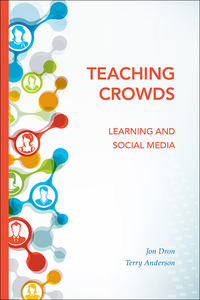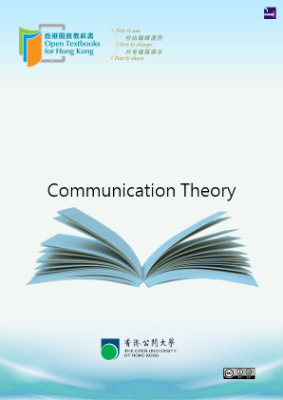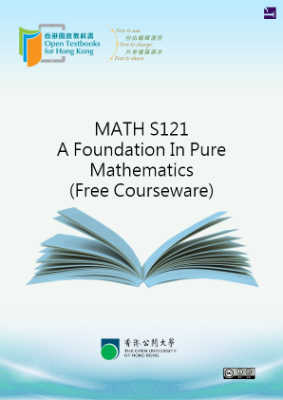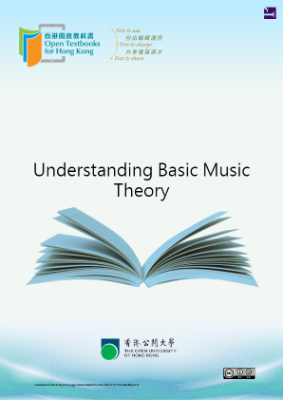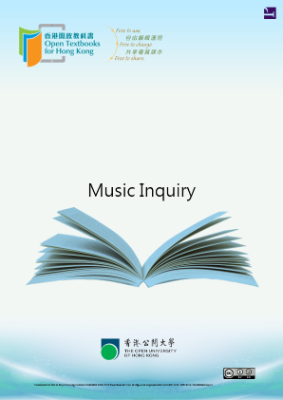Welcome to the wonderful world of teaching things you never had to learn.
Why do I say that? Because if you’re anything like the 99% of English teachers I’ve known, you grew up reading books, needing them like others need air. This need probably resulted in lots of positive outcomes, like high SAT scores (Verbal, anyway . . .) and a life-long love of literature, but it probably also resulted in some not-so-positive outcomes, like an inability to avoid sneering when you see an incorrectly used apostrophe and a growing frustration over why your students insist on driving you crazy with their written conventions.
If you’re reading this book, chances are, you never had to learn how to use a comma. Nobody ever had to teach you that “a lot” is two words. But you know what? The vast majority of our students DO need to be taught these things, and it’s your job to teach them. Not because the world will stop spinning if your students continue to splice sentences with commas, but because they deserve every advantage you can give them, and this you can do. The truth is, nobody else is going to do it, and the students who need to learn correct conventions are not going to learn them like you did, through reading.
Teaching conventions is not always barrel-of-monkeys fun, but it is satisfying. It also gives you and your students the opportunity to enjoy something not common in the world of Literature and Language Arts: OBJECTIVE ASSESSMENT. Yes–you, too, can employ the “right or wrong” method of assessing at least this small part of teaching English. The arts of “language arts” still include the heartbreakingly subjective assessment of and response to all types of student writing, but if you choose to incorporate conventions into your course, you can–at least in this small way–be cheerleader and coach instead of judge and jury. And you can give your students valuable and necessary knowledge and skills they will use for the rest of their lives.
About this book
Before you start using this book, you should probably know that it’s not 100% correct. What I mean is, I teach my students that “affect” means “alter” and that “effect” means “outcome.” But the truth is, sometimes “affect” is a noun that doesn’t mean “alter” at all, and sometimes “effect” is a verb. I don’t tell my students that (and this book doesn’t teach that) because the only people who will look down on them for making that error are people whose opinions they should not be concerned about. (Yes, I did just end a sentence with a preposition, and if that bothers you, this book isn’t right for you, although it might be just right for your students.)
There are tens of thousands of grammar textbooks out there. What makes this one different? Glad you asked. I think it’s different in three ways.
